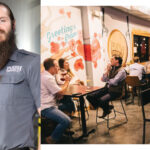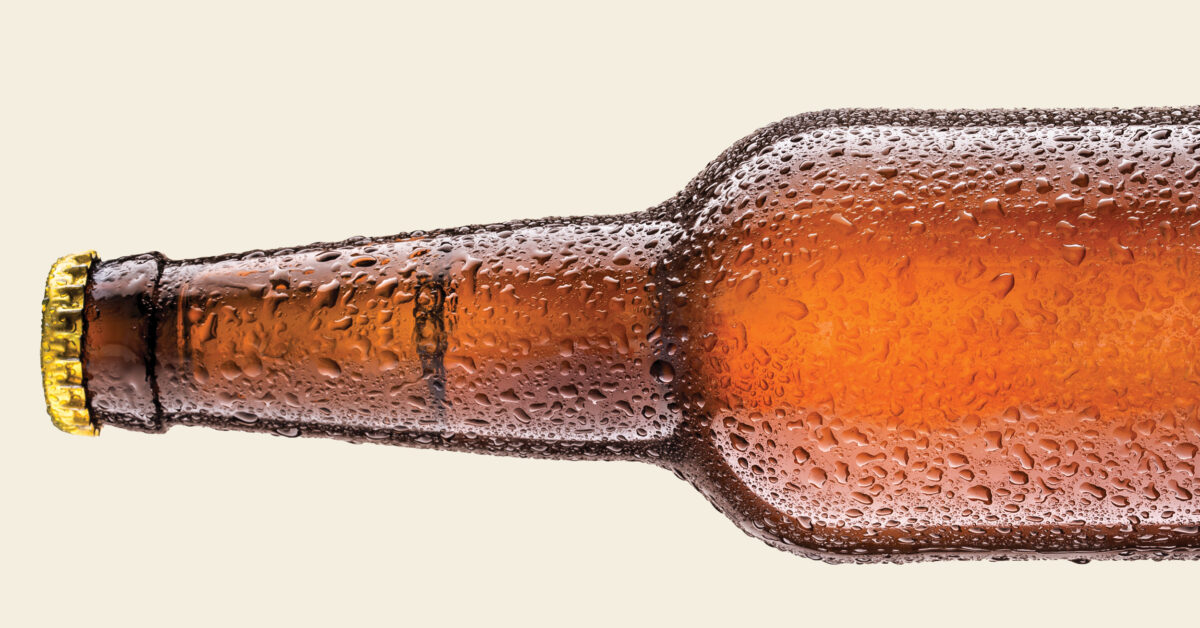
COOL JOBS: From Home Brewer to Head Brewer – How Bryan Speyrer Turned Beer Brewing Into A Career
August 2024
A Fall of Festivals
August 2024by Katelynn Mouton
In recent decades craft beer has seen a rise in popularity, largely because of the wide variety of brews to choose from. With hundreds of beer styles and a seemingly endless list of ingredients, options are only limited by the brewer’s imagination.
According to Ryan O’Donnell, Crying Eagle Brewing Company’s head brewer, every beer starts with four primary ingredients – malted grain, hops, water and yeast. Where the brewer takes it from there is when things get interesting.
“The malted grain used in beer production can consist of barley, rice, wheat, corn, oats, or rye, or in many cases a combination of more than one,” O’Donnell says. “Grains can also be roasted in a variety of ways to bring out different flavors and impact the color of the finished beer. Unroasted or lightly roasted grains are used to create light-colored beers like pilsners and blonde ales, whereas darker roasts are used to create dark beers like porters and stouts.”
Hops, or the flowering plant containing high levels of alpha and beta acids, are traditionally used to impart bitterness into beer.
“There are hundreds of hops varieties, each with different flavor and aroma properties. This gives brewers yet another method of steering the flavor of a finished beer,” O’Donnell explains.
Yeast, used in beer fermentation, can also have a large impact on the flavor profile of a beer according to O’Donnell. “With hundreds of commercially available lager and ale yeast strains, and new strains being developed, brewers have even more ways to impact their beer.”
Believe it or not, even the water used to brew beer plays a very large role in the flavor and mouthfeel of the finished product. O’Donnell says brewers alter each beer’s water chemistry to impact things like perceived salt levels, acidity and head (foam) retention.
It is after the necessary ingredients mentioned above are assembled that the beer brewing process really gets inventive.
“In addition to the four primary ingredients, brewers everywhere are experimenting with countless other additions to beer – from fruit purees to chocolate cake, and everything in between,” explains O’Donnell.
If you are new to exploring craft beer, O’Donnell says it is most common to start at the lighter end of the beer spectrum. “Look for a pilsner lager, wheat ale or Belgian blonde ale. These styles may seem more familiar to what you have previously experienced in drinking domestic beers, but with a much more robust flavor profile.”
O’Donnell also dispels the myth that the darker the beer, the higher the alcohol content. “Any beer style can have a varying alcohol by volume percentage. Some of the darkest beers can have very low alcohol, while other light styles can have very high levels.”
O’Donnell encourages craft beer newcomers to let the color of the brew have too much influence on what you try. “Many people find that they prefer darker beers simply because their flavor profiles often contain notes of chocolate, coffee, and caramel.”
For more information, or to learn more about the craft beer experience, visit Crying Eagle Brewing Company at www.cryingeagle.com.






